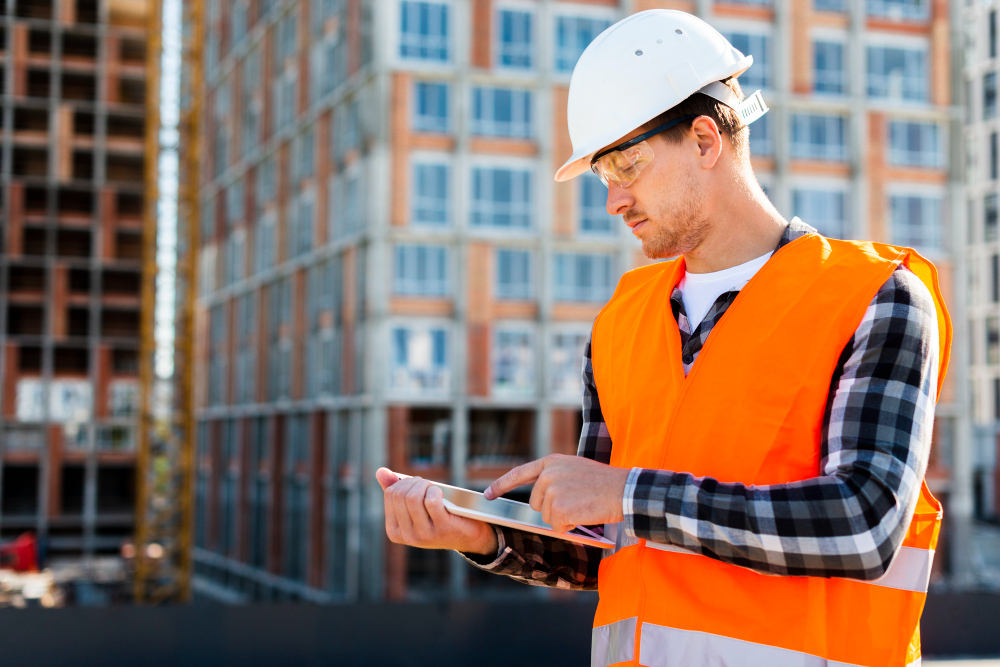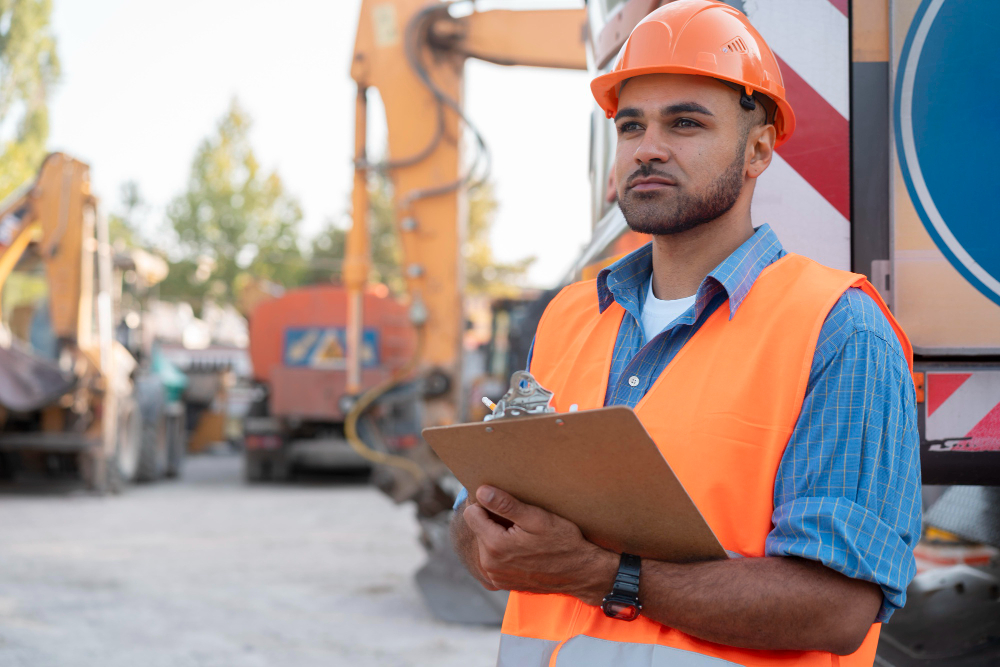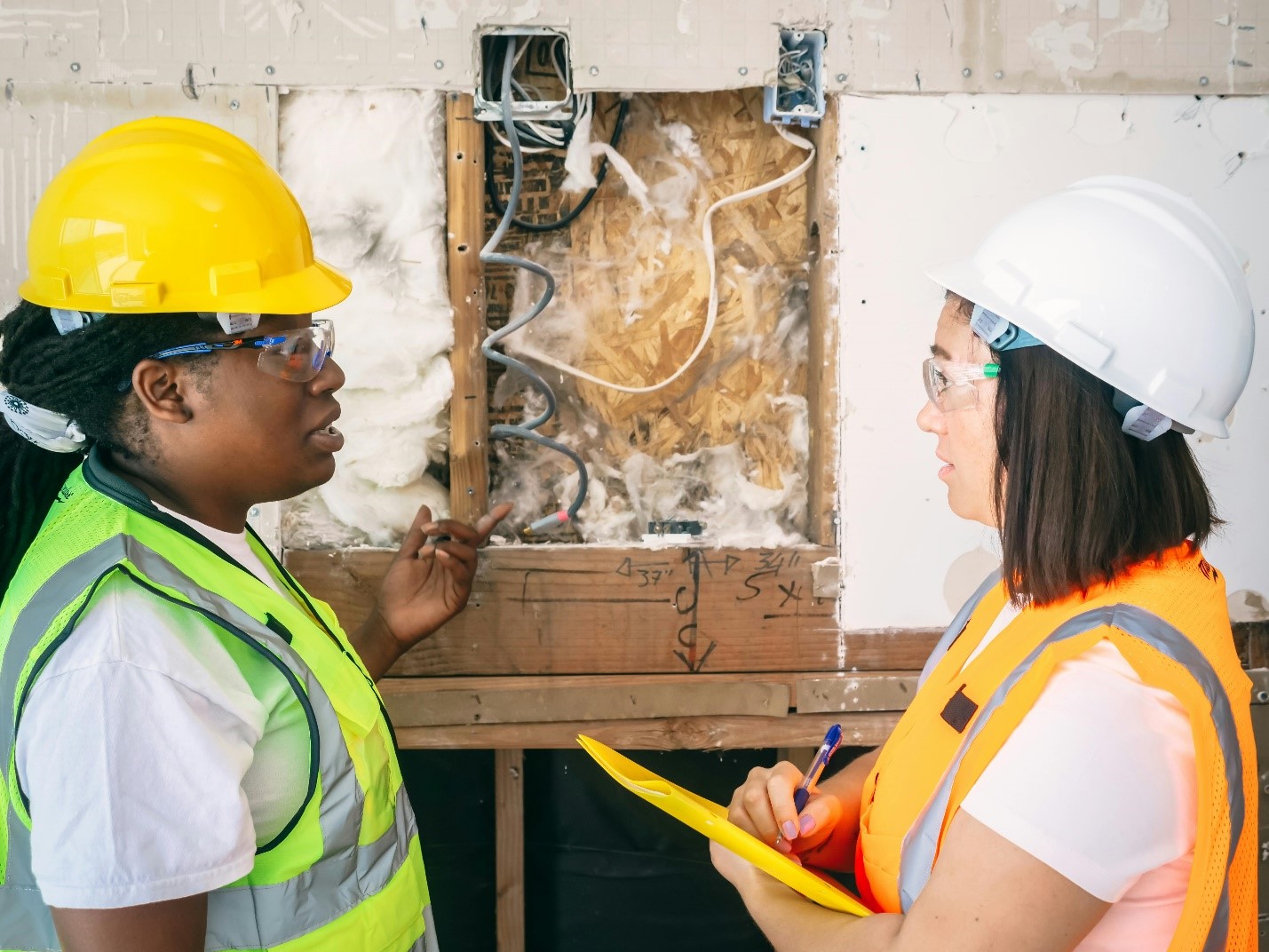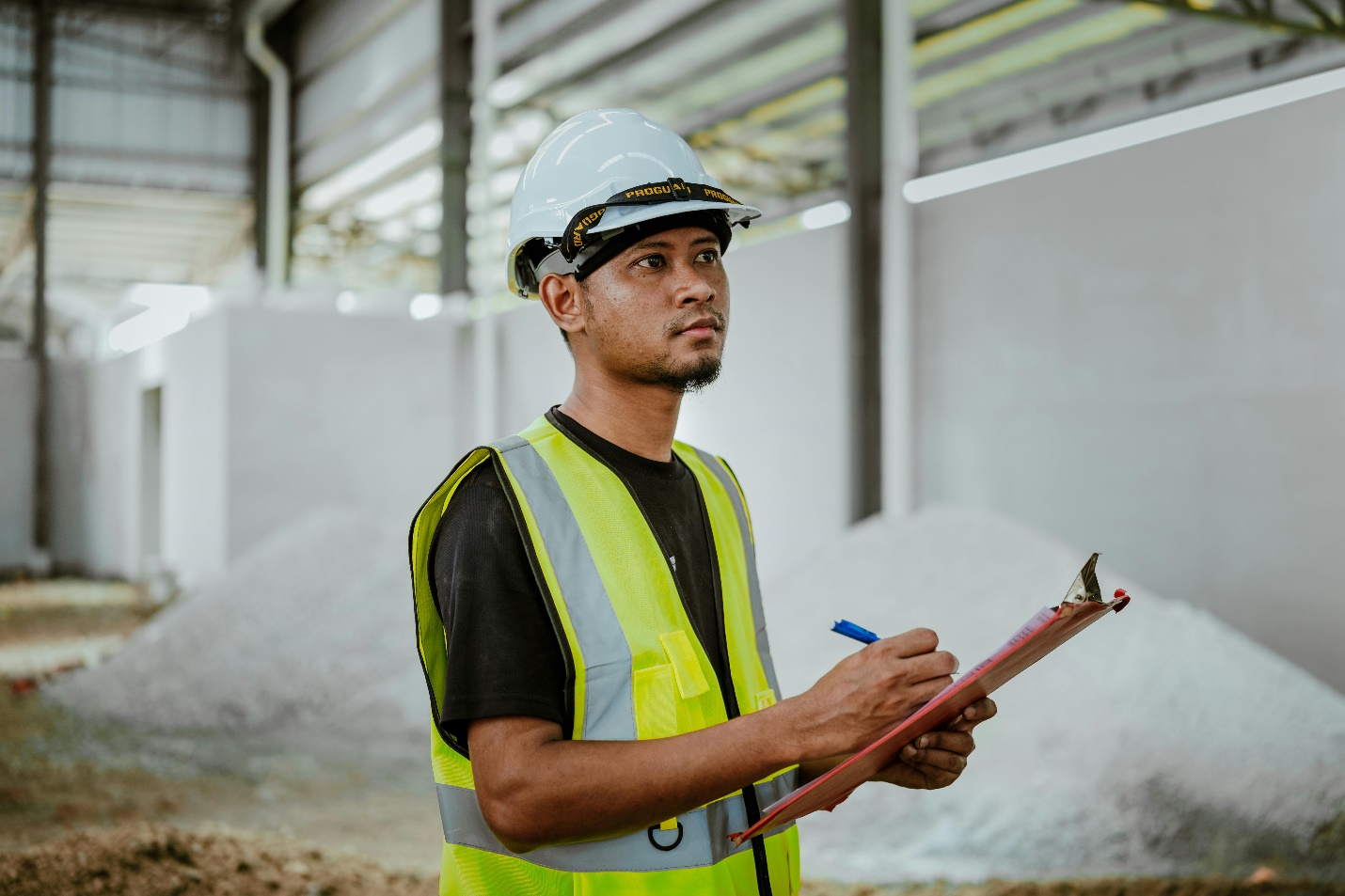Building a Safer Future: The Role of Construction Safety Officers
Health and safety in construction is considered a top priority, with construction safety officers playing a crucial role in keeping work sites safe. These experts are responsible for creating and enforcing safety measures, making sure rules are followed, and building a safety-first mindset on job sites. Their work helps prevent accidents and ensures that workers stay safe and healthy.
What Does a Construction Safety Officer Do?
A construction safety officer has to watch workplace conditions, spot dangers, and make sure safety rules are followed. Key responsibilities include:
- Site inspections and risk assessments.
- Maximum enforcement of safety policies and regulations.
- Communicating best training practices in construction safety.
- Investigations into any accident and the establishment of corrective measures.
- Keeping accurate records of safety incidents and actions taken.
By being proactive in managing risks and continuous teaching about safety, construction safety officers help cut down on workplace injuries and make sites safer overall.

The Importance of Construction Safety Management
- Create and enforce safety plans for the workplace.
- Conduct regular safety audits and inspections.
- Ensure everyone is using personal protective equipment (PPE) properly.
- Teach workers about health and safety in construction.
- Address safety risks before they turn into real problems.
Accident Prevention on Construction Sites
- Identifying and fixing potential hazards before they lead to accidents.
- Providing thorough safety training to all workers.
- Making sure safety standards and regulations are followed.
- Putting safety measures in place for high-risk activities like working at heights, confined spaces, and using heavy equipment.
Construction Safety Best Practices
- Holding daily safety meetings prior to work.
- Instruction on proper lifting techniques.
- Regular checking of tools, equipment, and machinery.
- Making sure workers are trained for their specific tasks.
- Encouraging open communication concerning safety matters.
Contact Peak Safety for Expert Safety Training
If you would like to improve workplace safety, then Peak Safety Training in Burnaby, BC, is the answer for expert-led courses in construction safety professionals. Our training courses cover vital areas like management of safety, preventing accidents on the construction site, and health and safety in construction.
Contact Peak Safety today for more details, to schedule a training class, or learn on how we can help you reach goals of safety.

Conclusion
In the construction industry, safety is of utmost importance in creating a safe work environment, thus, preventing injuries and accidents. By putting effective safety management practices into place, following through with their responsibilities, and offering ongoing training, they help create a safer future for the industry.
Disclaimer
This article is for informational purposes only and does not constitute a reference or substitute for professional safety training. Always refer to a competent safety professional or regulatory authority for any special advice on site safety and compliance.




